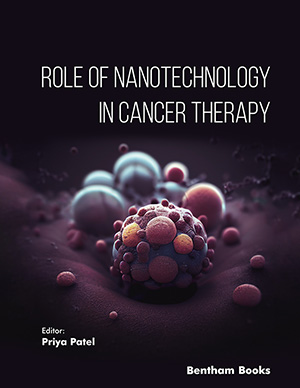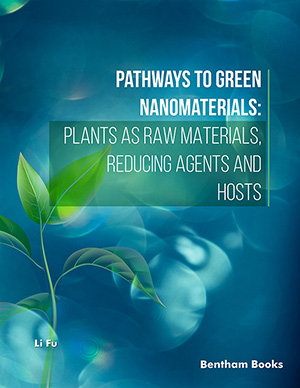Abstract
The advent of nanotechnology has reignited interest in the lungs as a major route of drug delivery for both systemic and local treatments. As the end organ for the treatment of local diseases or as the route of administration for systemic therapies, the lung is a very attractive target for drug delivery. The large surface area and the minimal barriers impeding access to the lung’s periphery make this organ a suitable portal for a variety of therapeutic interventions. Pulmonary drug delivery is an alternative method to subcutaneous injection, and also intravenous injection. Pulmonary drug delivery system is also used for delivery of peptides and some sensitive drugs. It provides direct access to disease in the treatment of respiratory diseases, while providing an enormous surface area and a relatively low enzymatic, controlled environment for systemic absorption of medications. The formulation most commonly used for pulmonary delivery includes nanoparticles, liposomes, niosomes and microspheres. Among these, on one hand a lots of attention has been focused to improve the bioavailability of marketed drugs intended for respiratory diseases and to develop new concepts for pulmonary administration of drugs and, on the other hand, the pulmonary route used for systemic diseases. Nanoparticle formulations have many advantages over traditional dosage forms, such as potential to achieve relatively uniform distribution of drug dose among the alveoli, improved solubility of the drug, reduced dosing frequency, improvement in patient compliance, decrease in incidence of side effects, enhanced dissolution properties and the potential for intracellular drug delivery. Polymers have also been used to improve therapeutic effect, while minimizing side effect. Specifically, pure drug nanoparticles and polymeric nanoparticles offer some encouraging results for delivering drugs through the lungs. Traditional techniques such as spray drying, supercritical fluid extraction, precipitation and solvent extraction have been employed to produce nanoparticulate formulations for pulmonary delivery. Here, we review various aspects of nanoparticulate formulation along with characterization and their applications with recent review.
Keywords: Pulmonary drug delivery, nanoparticle.
























